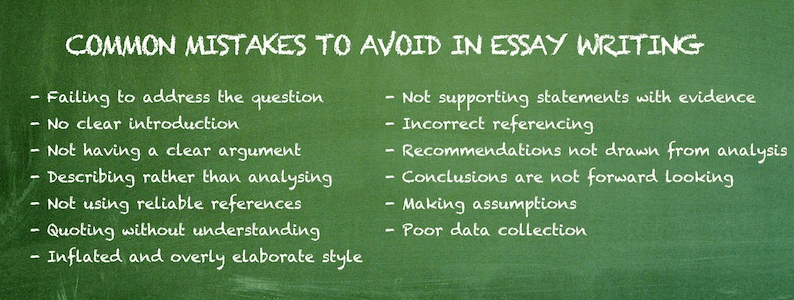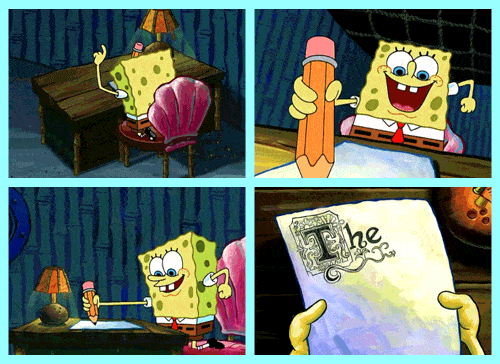Tired of essays and want to have time for something else instead of developing chaos in a flow of your own ideas? If writing an essay still seems to be your reason for grief and distress, if you tear apart each piece of paper, you are welcome to memorize and apply Five Easy Essay Rules. They will help you to overcome the burden of writing and you’ll see that it is actually not that laborious. Take your topic and let’s start discussion.
Rule 1. Find an audience
Isn’t my teacher my audience? – you would ask. To some extent – yes. However, by considering him or her to be your only recipient, you may consciously address “the person who knows more than you, thus, some terms might not be explained. What for? Teacher will definitely understand what you mean”. And we say – no. Everything teacher wants to hear from you is your own understanding of the matter. That is why imagine that you write to a number of people who are less intelligent than you and try to describe everything in your own words. Use the following questions to identify your audience:
- Does your assignment itself give you any hints concerning your addressee?
- Might you have more that one audience? If it is so, list them all.
- What do they need and what is important for them?
- What do you have to say to surprise your audience?
- What do you want the audience to learn from you? Does it coincide with what you tell them?
Rule 2. Plan and research

Make a brief list of points that should be mentioned in your essay one by one. Write down each relevant thought that comes to your mind (not those about your hunger or something). It’ll help you not to forget details as it is difficult to keep everything in mind at the same time. P.S. It is also useful to make up a plan and put it away for some time. Study major sources of information, even if you are well acquainted with your theme. Add information which you have found to the points which you wrote earlier. See, it’s becoming more juicy, now what has left is to find evidences and examples to your paper.
Rule 3. Structure your essay
It is a common knowledge that piece of writing should contain accurately worked out Introduction, Main Body and Conclusion. At the same time don’t forget about sentence order. Get accustomed to TEEL structure of paragraphs:
- T stands for Topic sentence that introduces the content of the paragraph.
- E goes to Explanation/Elaboration which provides a little more discussion about the content of paragraph. It could be one or more sentences length.
- E is Examples/Evidence where you include research, quotes, references, etc. in order to demonstrate your understanding of a topic.
- L means Link – when you are writing a number of paragraphs it is necessary to kink one with the next in this final sentence.
Each separate paragraph should focus on a single idea that supports the topic: they are the bones of your writing. To connect these bones into one skeleton be coherent and cohesive. We now speak about coherence as an aspect of academic writing which deals with essay structure as well, and means logical connection at the idea level. It refers to developing and supporting your arguments, organizing and clarifying ideas. Don’t fill your work with water, clear arguments are clear, they don’t need paraphrasing. Cohesion in its turn affects the tone of your writing. It does not only refer to grammatical correctness, but stands for connection of your ideas at sentence and paragraph level: use linking words and connectors and build complex sentences.
Rule 4. Language
Use sophisticated vocabulary but do not overload text with terms. Remember that we deflate when writing prose and inflate when writing essays for college. You are to change wordiness into laconic structures:
- As a matter of fact – in fact
- At all times – always
- At the present time – now, currently
- By means of – by
- Draw to your attention – point out
- In spite of the fact that – Although, though
- The majority of – most
- In regards to – on, about
- Due to the fact that – because, etc.
Prettify your masterpiece with stylistic devices to add flavor to your speech: use oxymoron, metaphor, zeugma, and symbolism.
When mistakes happen it is more difficult to hear and to perceive what the writer wants to say. If you don’t have your proofreader or secretary, make up your mind to editing the work by yourself. To make this task less exhausting, imagine yourself as a teacher. Take a red pen and be scrupulous at checking errors of this naughty… you. Correcting everything by yourself prevents you from a further repetition of the same typos. And the last, check format. It is an important component of proofreading, even if you are free to choose the format by yourself. Make it visible (not 6 pt), leave spaces above and below, and check whether you need any subheadings. Your paper is your face, so if you are to do your homework in written, it should be clean and vivid.
Writing the proper essay can be time-consuming, do not stay up late, you need fresh thoughts, not the midnight nonsense. Take a chocolate as an energizer and start! Our experts are always ready to back up and help.








